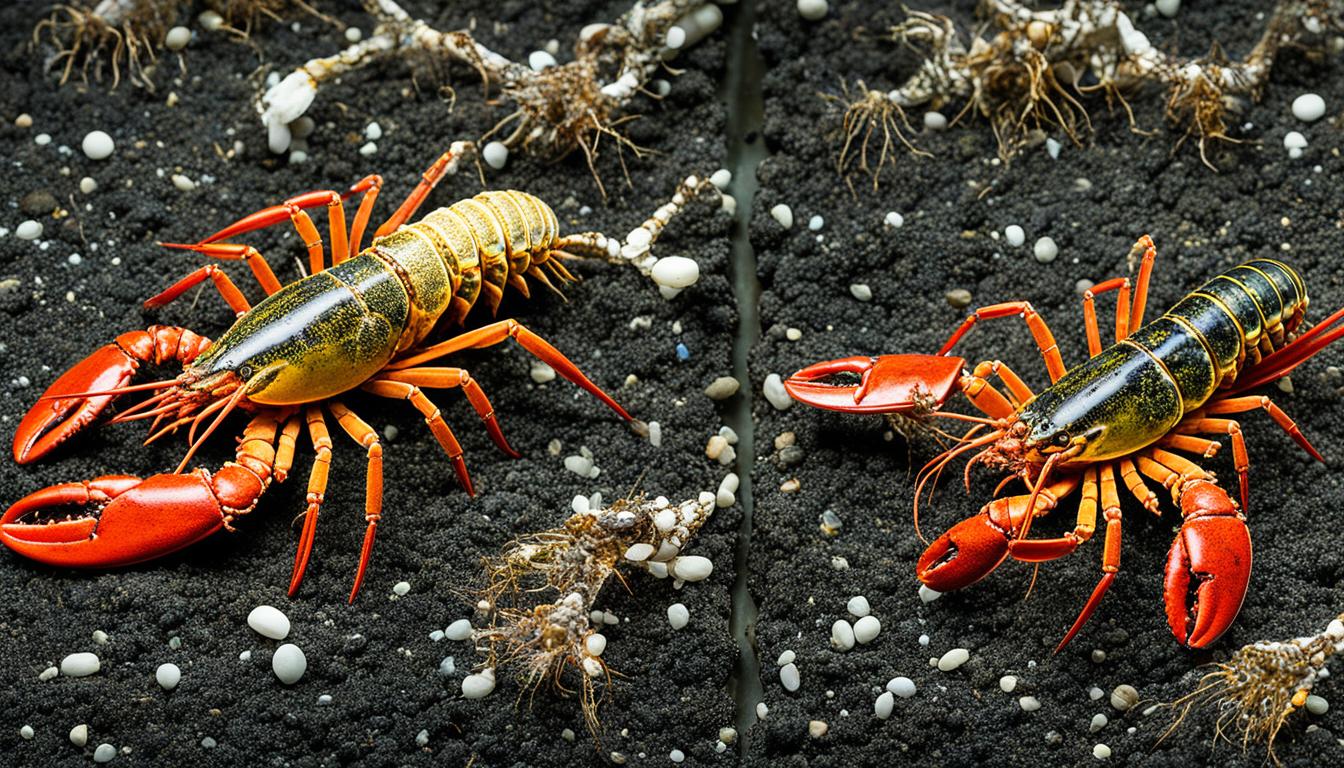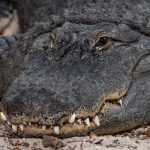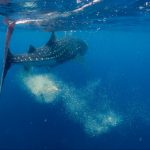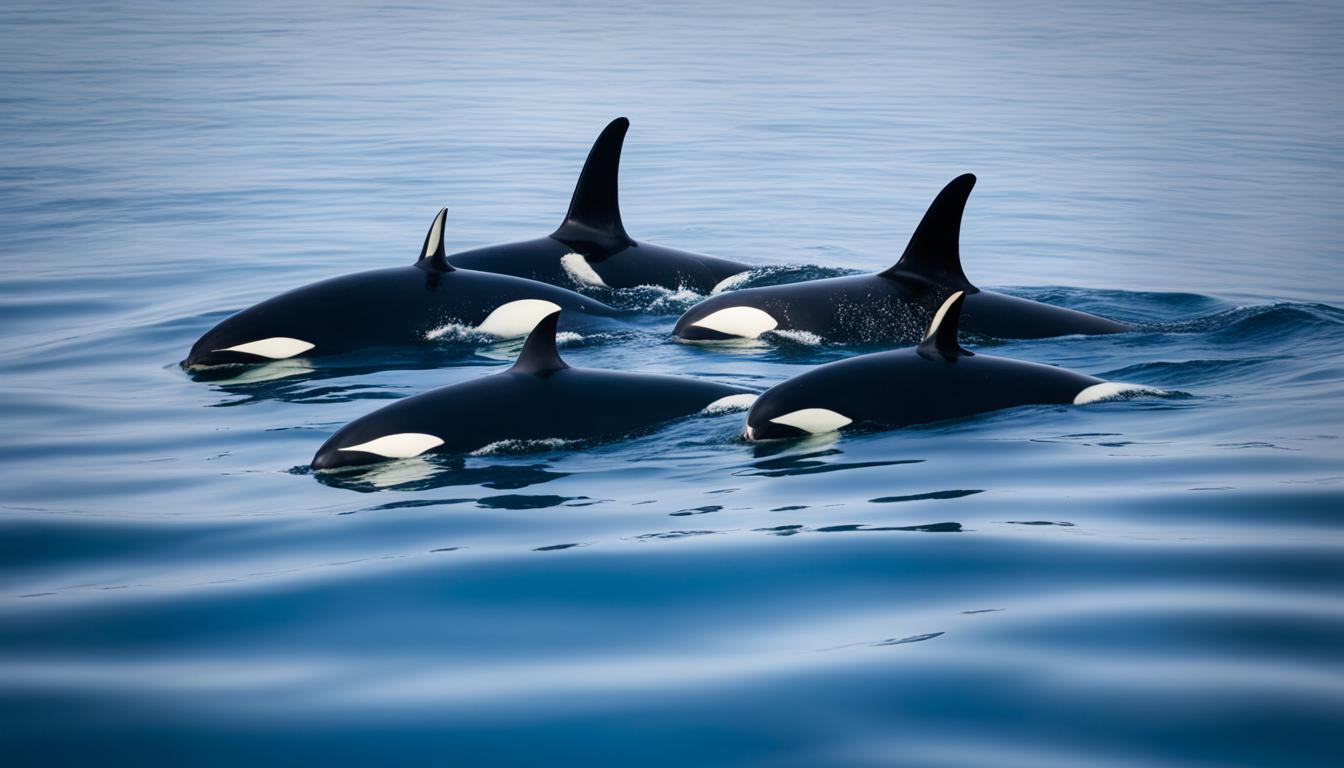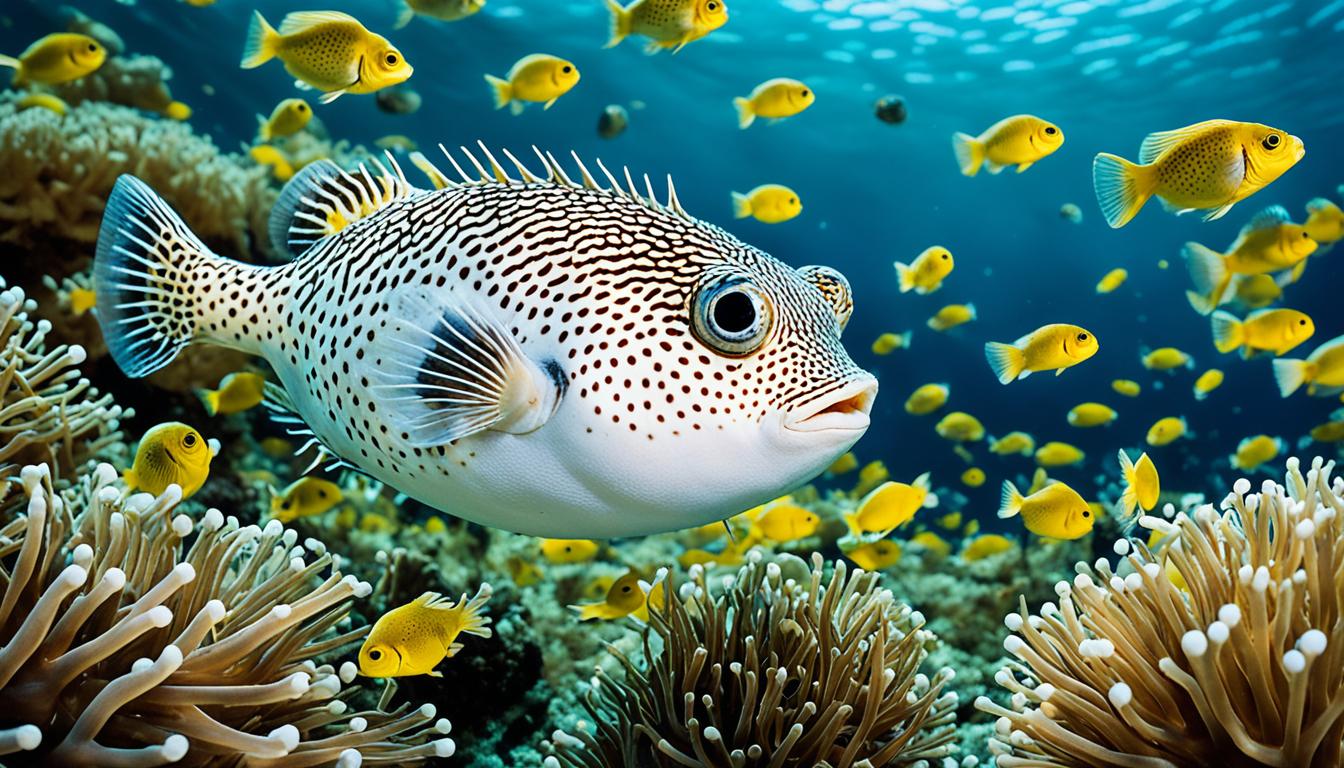Lobsters have amazing abilities to regrow their limbs. You might ask, how do they do it? They can regrow claws, legs, and even antennae. This skill helps them survive in the ocean.
This process of regrowing limbs is quite fascinating. It shows how lobsters can adapt after getting hurt. But, it’s important to know that their eyes can’t be regrown like other limbs. Learning about lobster limb regeneration helps us understand their biology better.
Lobster Limb Regeneration: An Overview
Lobster limb regeneration is crucial for their survival in tough marine environments. This amazing ability lets them recover from injuries. They often lose limbs by detaching them to escape predators, showing their smart response to danger.
The process of regrowing lost limbs is complex. Studies show that lobsters can regrow their limbs well. This growth involves many cell responses and cues that help in regrowth. Learning about this helps us understand how lobsters adapt and survive.
Studying lobster limb regeneration is key. It helps us understand their amazing ability to regrow lost limbs. This knowledge is important for learning about their biology and survival strategies.
The Process of Lobster Limb Growth
The lobster limb growth process is quite interesting. It involves several key stages. When lobsters molt, they shed their outer shells. This triggers the growth of new limbs.
This process starts with cell division. It helps create new limb tissue. Each molt is important for the growth of new limbs.
Newly formed limbs are about 30% smaller than the old ones. But, they grow bigger with each molt. This shows how lobsters can adapt and recover from injuries.
This ability to regrow limbs is vital for lobsters. It helps them survive and thrive in their environment. It’s a sign of their strength and evolution.
How do lobsters regenerate lost limbs?
Lobsters can regrow lost limbs in a way that’s both amazing and complex. This process is key to their survival in the wild. It shows how they adapt and thrive in their environment.
The biological mechanisms involved
Regrowing a limb starts with a blastema, a group of cells that can turn into new tissue. After losing a limb, cells at the injury site grow and form this blastema. Studies show that after regrowing a limb, lobsters lose about 30% of their nerve fibers compared to the healthy side. This means repeated injuries might make regrowing limbs harder over time.
Factors affecting regeneration speed
Several things can change how fast lobsters regrow their limbs. Important factors include:
- Age: Young lobsters regrow faster than older ones.
- Environmental Conditions: Things like water temperature, salt levels, and oxygen affect how well they regenerate.
- Extent of Limb Loss: How severe the injury is can change how quickly and well a lobster can regrow its limb.
Understanding how lobsters regrow lost limbs helps us see the benefits they get from this skill. It opens doors for more research in regenerative biology.
Lobster Claw Regeneration: A Closer Look
Lobster claw regeneration is a fascinating process that helps crustaceans recover from losing vital limbs. Claws are key for eating and defending themselves. Their ability to regrow is a sign of their amazing evolution. This process is more than just growing back a limb; it’s about getting back to normal for survival.
Lobsters can regrow two main types of claws. The larger one is for crushing food, and the smaller one is for picking up delicate things. When they lose a claw, their behavior changes to help them survive. The speed of claw repair depends on the lobster’s age. Young lobsters can regrow their claws faster than older ones, getting back to normal sooner.
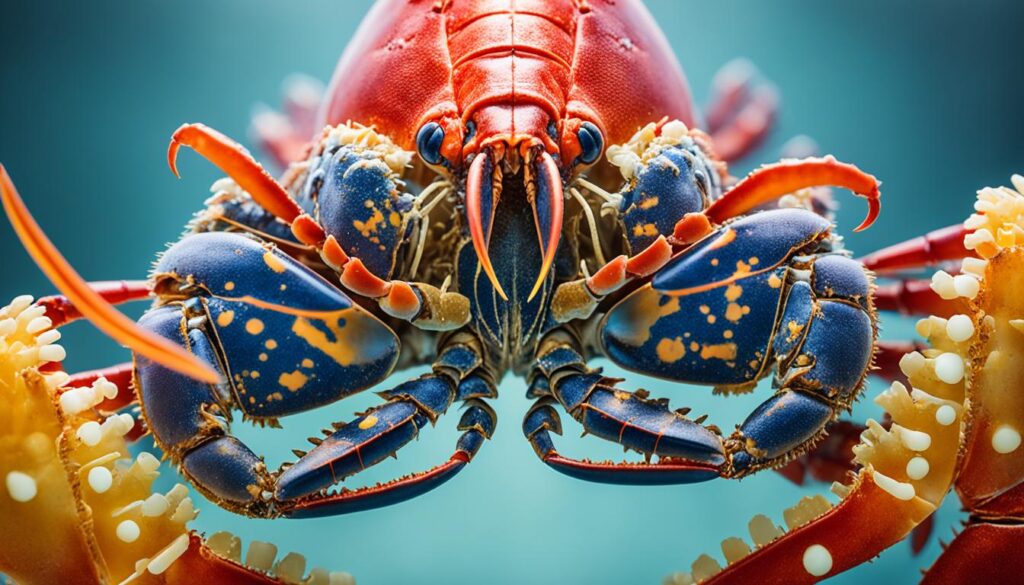
| Claw Type | Function | Regeneration Time (Typical) |
|---|---|---|
| Larger Crusher Claw | Crushing prey | 3-6 months |
| Sharper Pincher Claw | Handling food | 2-4 months |
The way lobsters regrow their claws shows how biology and the environment work together. It highlights the toughness of these amazing sea creatures.
Crustacean Limb Development and Regeneration
Exploring how crustaceans grow and regrow their limbs is truly fascinating. Lobsters, crabs, and shrimps show us their amazing skills in limb regrowth. By looking at these species, we learn about the unique ways they heal themselves.
Comparing lobsters with other crustaceans
Lobsters are experts at regrowing their large claws. But crabs and shrimps have their own ways of healing, shaped by their environment and metabolism.
| Species | Regenerative Ability | Speed of Regrowth | Limb Size Relative to Original |
|---|---|---|---|
| Lobster | High | Moderate | 90-100% |
| Crab | Moderate | Fast | 70-80% |
| Shrimp | Variable | Slow | 50-70% |
This comparison shows how different crustaceans grow and regrow their limbs. Lobsters have special ways to regrow big limbs efficiently. This adds to our understanding of how marine creatures heal and evolve.
Marine Animal Limb Regeneration in Nature
Lobsters can regrow lost claws, which is amazing. But they’re not alone in this skill. Many marine animals can regrow their limbs too. This shows how these creatures have evolved to survive.
Many marine animals can regrow parts they lose. Here are a few examples:
- Starfish: Starfish can grow back lost arms. This helps them recover from being eaten or hurt.
- Axolotls: These salamanders can regrow limbs and even vertebrae. They’re not just like lobsters, but they’re interesting to compare.
- Sea Cucumbers: These animals can lose and then regrow body parts. It’s a special way they handle regeneration.
- Crabs: Crabs can also regrow their claws. This is important for their survival and hunting.
Looking at these animals shows how complex regeneration can be. Each one uses its own way to fix damaged parts. By studying these, we learn more about life in the sea. Seeing how lobsters and others regrow limbs helps us understand their role in the ocean.
Understanding Lobster Limb Repair Mechanisms
Lobsters can fix their limbs thanks to their special molting process. This process helps them shed their old shells and grow new tissues. This is key for fixing lobster limbs. Knowing about this helps us understand how lobsters adapt in the ocean.
Importance of molting in limb regeneration
Molting is a big deal for lobsters. It lets them grow a new shell and fix any damaged limbs. The timing of molting is very important. If it’s off, fixing lobster limbs can be harder.
- Regeneration process: After molting, lobsters rebuild lost or damaged limbs with new tissues.
- Shell growth: The new shell fits the returning limb, showing how adaptable lobsters are.
- Action of hormones: Hormones during molting start the cell activity needed for fixing limbs.
- Environmental factors: Things like water temperature and the environment can change molting and regeneration.
The connection between molting and fixing lobster limbs shows how tough they are in the ocean.
| Aspect | Details |
|---|---|
| Molting Frequency | Lobsters molt many times a year, depending on their age and the environment. |
| Limb Recovery Time | How long it takes for a lobster to recover a limb varies but matches the molting cycle. |
| Hormonal Influence | Hormones like ecdysteroids are key in controlling molting and fixing limbs. |
| Environmental Dependencies | Things like water temperature and salinity affect molting and how fast limbs heal. |
The Future of Lobster Research and Regenerative Medicine
Lobsters’ ability to regrow their limbs has caught the eye of scientists and medical experts. They study how lobsters do this to find new ways to help humans heal. This could lead to new treatments for injuries that are hard to fix now.
Looking into lobster research shows us how it could change medicine. Lobsters can grow back lost limbs quickly. This could help humans heal faster, especially in areas like bone and wound care.
The study of lobsters might also link marine biology with medical science. By learning how lobsters regrow limbs, we might find new ways to heal humans. This could change how we treat injuries and improve recovery times.

